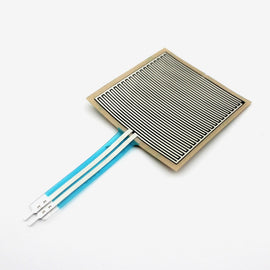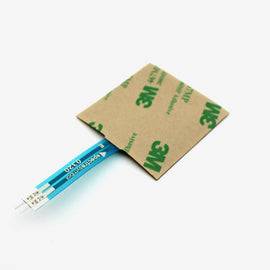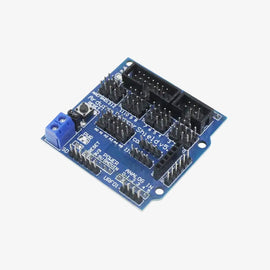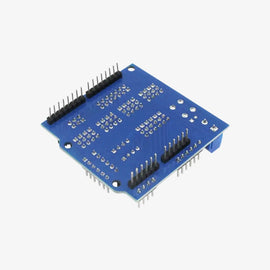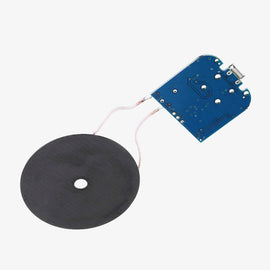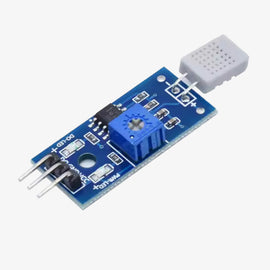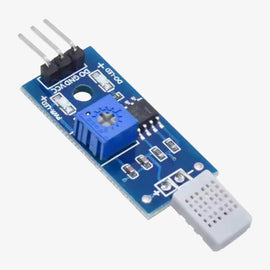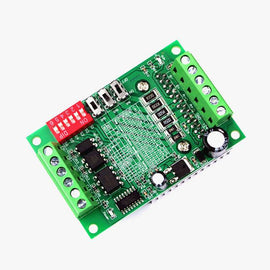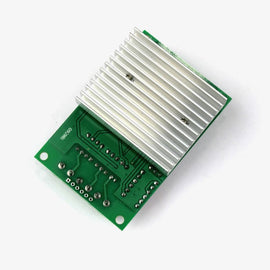The NE555 timer is a versatile electronic device used in circuits to create timing functions. In this project, we will use it to simulate a traffic light using LEDs, with the circuit consisting of three LEDs representing the colors of the traffic light: red, yellow, and green. The NE555 timer will be used to generate timing signals to switch the LEDs on and off, mimicking the sequence of a real traffic light.
Component Required
- NE555 TIMER
- CONNECTING WIRE
- 100K RESISTANCE
- 47K RESISTANCE
- 330K RESISTANCE
- 100uf CAPACITOR
- LED LIGHT RED, YELLOW, GREEN
- LED HOLDER
- 9V BATTERY
NE555 Timer Pinout

The NE555, also known as the 555 timer, is a popular integrated circuit (IC) used to generate timing signals or oscillations in electronic circuits. The NE555 IC has eight pins, each with a specific function:
Ground (GND): This pin is connected to the ground of the circuit.
Trigger (TRIG): This pin is used to trigger the timer when the voltage on this pin falls below one-third of the supply voltage.
Output (OUT): This pin provides the output signal of the timer, which can be a square wave, a pulse, or a ramp depending on the circuit configuration.
Reset (RESET): This pin is used to reset the timer to its initial state when a low voltage is applied to it.
Control Voltage (CV): This pin is used to control the timing of the timer using an external voltage source.
Threshold (THRES): This pin is used to control the timing of the timer when the voltage on this pin rises above two-thirds of the supply voltage.
Discharge (DISCH): This pin is connected to an external capacitor that is discharged when the output is low.
Supply Voltage (VCC): This pin is connected to the positive supply voltage of the circuit.
By properly connecting and using these pins, the NE555 IC can be configured to generate various timing signals or oscillations in electronic circuits.
Working of NE555 Timer
The NE555 timer is a tiny electronic chip that's used to make things happen at certain times. It's just like a traffic light that turns green, yellow, and red at specific intervals.
To use the NE555 timer, you connect it to a few new other components like a resistor and capacitor, which determine how long it takes to the chip to turn on and off.
When you turn it on, the chip starts charging up the capacitor until it will reaches a certain level. When it reaches that level, the chip turns on and does something, like making a flashing light. Then it discharges the capacitor until it reaches another level, and turns off. This process repeats over and over again and again, creating a repeating pattern.
You can also use the NE555 timer to make a repeating sound or flash by connecting it to a speaker or LED.
Overall, the NE555 timer is a simple and useful tool for creating timed events in electronics projects.
Circuit Diagram - Traffic Light Control System

In this project, we are using NE555 timer. First, we take NE555 timer and then connect the positive rail with pin 8 of the IC by using connecting wire or jumper wires. In my case, I will be using the connecting wire instead. Connect the negative rail to pin 1 Now Connect pin four and eight of your IC using connecting wire. Connect 2 and 6 pin by connecting wire Take your 100 K ohm, resistor and connect it to pin three and six of the IC. Connect your 100uf microfarad capacitor to pin two and the negative rail of the breadboard. Take your other NE555 timer Into the breadboard. Connect pin three of the first IC to the pin 8 of second IC using connecting wire. Connect pin 1 of the second IC to the negative rail using connecting wire connect pin 2 and 6 of the second IC using connecting wire. Connect 47 k resister and connect with pin 3 and 6 from second IC Connect pin 4 to the positive rail using connecting wire then connect your positive lead of the 100uf capacitor to pin 2of the second IC and the negative rail. Connect your red led in the given format place yellow led in parallel with the red led but the negative lead of the yellow led in a separate pin. Connect the positive leads of the led with the positive rails. Connect pin3 of the first IC to the cathode of the red led using connecting wire and a 330 ohm resister. Connect a 330 ohm resistor by using connecting wire to the negative lead of the red led and connect the negative lead of the yellow led to pin 7 of the second IC using connecting wire with 330ohm resister. Now put green led opposite direction as previous. Connect pin 3 with of the second IC to the positive lead of the green led using connecting wire. Connect the negative lead of the green led to the negative rail using a 330ohm resister.

Now supply with 9v battery.
Now project start showing output with blinking green, red, yellow led.


